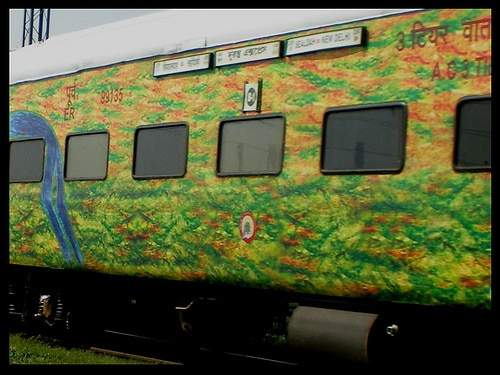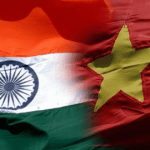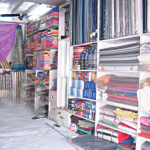What is Surge Pricing?
- It is also called dynamic pricing.
- This term has been made popular by taxi apps.
- It largely means that the service price of a particular good stays constant but shoots up with an increase in demand. When the demand goes down, the price turns basic.
In News
- The Railways has introduced surge pricing system on an experimental basis in the Rajdhani, Shatabdi and Duronto trains under which fares will increase by 10 percent with every 10 percent tickets sold in these premium trains.
- Under the new ‘flexi fare system’, usually followed by airlines, the base fare of tickets will increase with the rising demand.
- The increase will be capped at 1.5 times the base fare.
- This system will, however, not be applicable to 1 AC and executive class coaches.
Reasons
- The latest decision has been triggered by the financial performance of the railways in the first half of the financial year 2016-17. Its gross earnings have declined by 5 percent in April-August compared with the same period of the previous year.
- The primary reason behind a fall in gross earnings is attributed to its freight that accounts for almost 65 percent of its revenues.
- The annual subsidy hit that the Railways sustains is about Rs. 30,000 crore. Besides this, it faces an increased salary bill of Rs. 35,000 crore stemming from the 7th Central Pay Commission award.
Merits
- The additional revenue so generated will be reinvested in upgrading trains and stations to offer better passenger amenities.
- The surge pricing will translate into a 30-40 percent fare hike in such premium trains and may fetch Indian Railways Rs. 1,000 crore every year.
- It will be a means to shore up lagging passenger revenues as the cost per passenger Kilometer is around 73 paise, while the Railways recovers only 37 paise.
- Dynamic fares is a tried and tested model that worked well for the Railways on Suvidha trains and helped it earn Rs. 110 crore from April to August.
- Despite flexi fare system, train travel cost will still be lower than airfare.
- Russia, the UK, France, American and Japanese Railways have been following dynamic pricing for long and other service providers like airlines, hotels, car rentals, retailers especially e-commerce etc. have also adopted dynamic pricing.
Demerits the Move
- The fare increases in the premium trains could result in air fares being lower at certain times and routes. This may lead some passengers to move away to airlines from the Railways network.
- The surge pricing opens up the possibility that the actual cost of lower class train tickets may end up higher than fares for the higher class.
- The biggest problem with the surge pricing system is the endemic lack of transparency about seat availability and the booking system.
- The new system will lead to more corruption as one can easily get a general ticket and bypass the surge prices by paying off the ticket examiner. Touts will now be able to corner the first 10 percent of berths available and sell them for the surge premium or even higher.
- The increase in the prices under the scheme begins too early, when only 10 percent of the seats have been sold. As a result, it will put too much pressure on the passengers to book early. The Railways could have instead expanded the scope of Tatkal booking, which is at present limited to one day before travel. A Tatkal scheme with flexible and cascading prices coupled with an increase in the number of tickets and an extension of the time frame would penalise those who buy their tickets late rather than most passengers on a train.
- Unlike taxi, bus or air services, train services in India are a monopoly. If in the future, the experiment is extended to include other long distance trains as well, besides the premium ones at present, it will be a worrisome situation. A relatively poorer person who makes a late decision to travel should not be priced out by such a system by a monopolistic provider that aims to provide a public service.
- Ola and Uber use this method when there is more demand. When the supply of taxis goes up to meet the rush, the prices begin to correct. But Railways has limited seats on offer.
- Surge pricing by railways is flawed because neither does it guarantee a seat to the passenger nor does it offer any value addition in the form of better service.
- Railways is a mass transport system that caters to the common man and not a private enterprise driven by profit motive. It should pay greater attention to improving services and then charging correspondingly higher fares.











